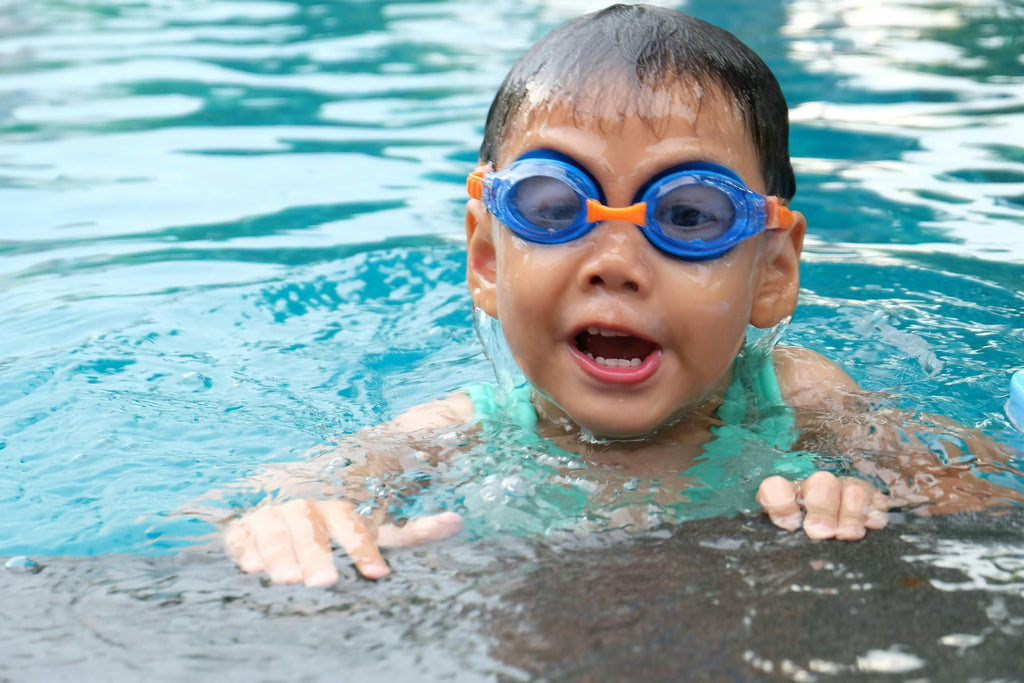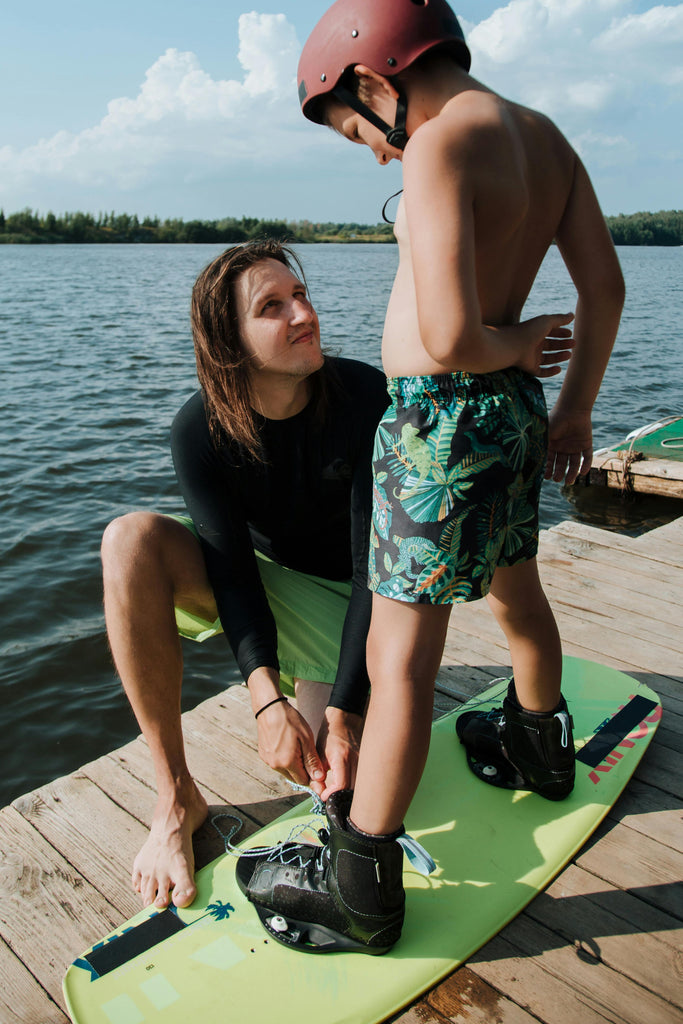Water activities are popular in the UK, especially during warmer months. However, amidst the fun and excitement, it's crucial to prioritise child safety to prevent accidents such as drowning. Proactive measures can significantly reduce the risk of water-related incidents, Whether at the beach, a pool party, or a family boating trip.
In this blog, we'll discuss essential drowning prevention tips to ensure the safety of children during water activities.

Understanding the Risks
Water poses a significant risk to children, especially those under 14. According to statistics, drowning is one of the leading causes of accidental death among children in the UK. Young children can drown in as little as a few inches of water, making it imperative for parents and caregivers to remain vigilant at all times, regardless of the water depth.
Drowning
As mentioned, drowning is a leading cause of accidental death among children in the UK. Children can drown in just a few inches of water, including bathtubs, paddling pools, or empty buckets. The silent nature of drowning makes constant supervision crucial.
Entrapment
In swimming pools or spas, children can get trapped by drains or suction outlets, leading to serious injuries or drowning. Poorly maintained or uncovered drains pose a significant risk, especially in older pools without proper safety features.
Injuries from Slips and Falls
Wet surfaces around water areas increase the risk of slips and falls, leading to injuries such as cuts, bruises, or broken bones. In their excitement, children may run or engage in rough play near water, heightening the risk of accidents.
Hypothermia
Cold water temperatures, particularly in natural bodies of water, can lead to hypothermia, especially in young children whose bodies lose heat more quickly than adults. Prolonged exposure to cold water without proper protection can have serious health consequences.
Waterborne Illnesses
Swimming in contaminated water, such as untreated pools or natural water bodies with high levels of bacteria, can lead to waterborne illnesses. Children are particularly vulnerable to gastrointestinal diseases, skin infections, or respiratory issues from inhaling contaminated water droplets.

Supervision Is Key
One of the most effective ways to prevent drowning is through constant supervision. Children should always be closely monitored by a responsible adult when they are near water, whether it's a swimming pool, bathtub, or natural body of water. Avoid distractions such as mobile phones or other activities that could divert your attention from the child.
Establish Water Watchers
When multiple adults are present during water activities, designate a "water watcher" whose sole responsibility is supervising the children. Rotate this duty among adults to ensure constant vigilance without distractions.
Buddy System
Encourage children to use the buddy system, where they pair up and keep an eye on each other while in or around water. This fosters a sense of responsibility and provides an additional layer of supervision.
Stay Within Arm's Reach
Maintain proximity to children in or near water, ensuring you can reach them quickly in an emergency. Avoid prolonged periods of distance, even if they use floatation devices or swimming aids.
Understand Water Dynamics
Familiarise yourself with the water environment, including currents, tides, and depth variations. Understanding these factors allows you to anticipate potential risks and react promptly to changes in conditions.
Limit Distractions
Minimise distractions such as loud music or socialising when supervising children around water. Stay focused on the task at hand and avoid activities that may divert your attention away from ensuring the safety of the children.

Enforce Rules Consistently
Establish clear rules and boundaries regarding water safety and consistently enforce them. Children should understand the importance of following safety guidelines, such as not running near pool edges or diving into shallow water.
Monitor Weather Conditions
Keep an eye on weather forecasts, especially when planning outdoor water activities. Be prepared to cancel or postpone activities in adverse weather conditions, such as thunderstorms or high winds, which can increase the risk of accidents.
Educate Older Siblings
If older siblings supervise younger children, ensure they understand their responsibilities and have the necessary skills to respond to emergencies. Provide training if needed and emphasise the importance of always being vigilant.
Teach Water Safety Skills
Teaching children essential water safety skills can empower them to make safer choices around water. Enrolling children in swimming lessons at an early age not only helps them become proficient swimmers but also teaches them how to float, tread water, and exit a pool safely. Additionally, educate children about the dangers of water, such as the risks of swimming alone or diving into unfamiliar areas.
Use Appropriate Safety Gear
When engaging in water activities, ensure children wear appropriate safety gear, such as life jackets or floatation devices. Even if children know how to swim, these safety measures provide extra protection, especially in unpredictable or rough waters. Ensure the safety gear fits properly and is approved by relevant safety standards.
Secure Pool Areas
If you have a swimming pool at home, it's essential to secure the area to prevent unsupervised access by children. Install fencing around the pool with self-closing and self-latching gates to restrict entry when the pool is not in use. Consider using pool alarms that alert you if someone enters the pool area unexpectedly, providing an additional safety measure.
Be Prepared for Emergencies
Despite taking preventive measures, accidents can still occur. Being prepared for emergencies can make a crucial difference in the outcome. Learn CPR (Cardiopulmonary Resuscitation) and basic first aid techniques, as prompt intervention can save lives in drowning incidents. Keep rescue equipment, such as lifebuoys and reaching poles, accessible near water areas.

Conclusion
Child safety should always be a top priority, especially regarding water activities. By understanding the risks associated with drowning and implementing preventive measures, parents and caregivers can create a safer environment for children to enjoy water activities responsibly. Remember, supervision, education, appropriate safety gear, and emergency preparedness are key components of drowning prevention.
Together, we can work towards reducing the number of water-related accidents and ensuring that children can enjoy the water safely for years to come. Stay vigilant, stay informed, and stay safe.
Please browse our products or contact us if you need assistance.
